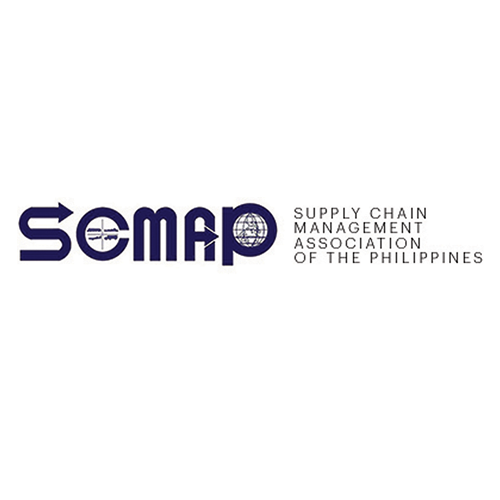Having worked in or attended several industry events in the past decade or so, it’s fascinating to see what topics capture the interest of a lot of people at any given time.
At this moment, there are two topics. One is the impact of emerging technologies such as generative AI on supply chain operations and jobs. The other – one that, admittedly, we are more familiar with – is sustainability.
And why wouldn’t we? The Philippines is one of a few countries that carry the heavy burden of the effects of global warming. (How hot is it where you are right now, as you read this?) There is a heightened, albeit fragmented, awareness of how our work impacts the planet, and what we can do to minimize the effects.
A decade ago, the discussion was on green logistics. What can we do in our own supply chain operations? I remember hearing of practical efforts to reduce energy consumption – for example, using sky lights rather than warehouse lighting during the day. It doesn’t work for everyone, I assume – if you run a cold chain operation you’ll need to make sure your temperature is constant at all times, for instance; and besides, you’re already spending so much on electricity.
Perhaps it was an indicator of the times. Again, heightened awareness, due to being a first-hand witness of the negative effects of global warming, but efforts were fragmented. It was, in a way, kanya-kanya. The corporate world was still feeling its way through things; the government, of course, was behind the curve.
Now, though, things are different. The understanding – not just of the effects but of what can be done, repeatedly, on a large scale – is there. Major players are keen to take the lead. How many times have I been part of discussions about the ESG reporting framework and how corporations can stay on top of it? In the Philippines, this is becoming a requirement for major brands.
And ESG itself is a major undertaking. This means a company has to account for its entire environmental footprint – greenhouse gas emissions, waste management, energy use, operational requirements – on a regular basis. But sometimes, from my vantage point, it feels the discussion is more about compiling those reports and less about making sure these initiatives actually have a meaningful result. At the very least, I feel there’s a natural disconnect between what executives say and what foot soldiers do. In large organizations, especially, this cannot be helped.
But it’s not to say that those lower down the hierarchy do not care. They do, deeply. Perhaps the challenge now is to really maximize the opportunities offered by the industry-wide push towards sustainability. How do we effectively communicate these goals across our organization, and ensure meaningful buy-in across departments and disciplines? How do we make sure that our frontliners truly work with the environment in mind, and not take shortcuts when nobody’s looking? I honestly can’t answer that – approaches differ depending on how committed management is, and what resources are available.
Still, think of the opportunities. We can encourage partners to be on the same path with us. We can find better ways to implement digital transformation, with bespoke solutions that factor in current and future needs. We can foster better collaboration, between partners and, most critically, within the organization itself. Sometimes world-class solutions and best practices come from the bottom rather than the top – and imagine how empowering it is if someone in the frontlines devises a key plank of a company’s sustainability strategy. We’re all living on the same planet, after all. We all should have a stake in it.
Henrik Batallones is the marketing and communications director of SCMAP, and editor-in-chief of its official publication, Supply Chain Philippines. More information about SCMAP is available at scmap.org.
PREVIOUS COLUMN: First Impressions





